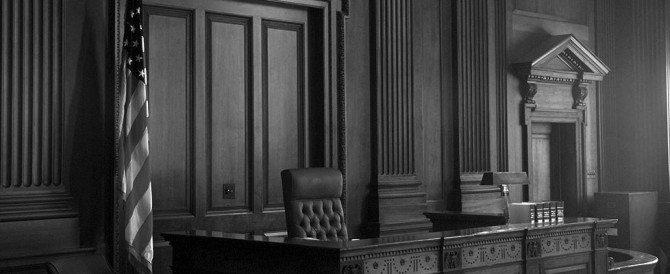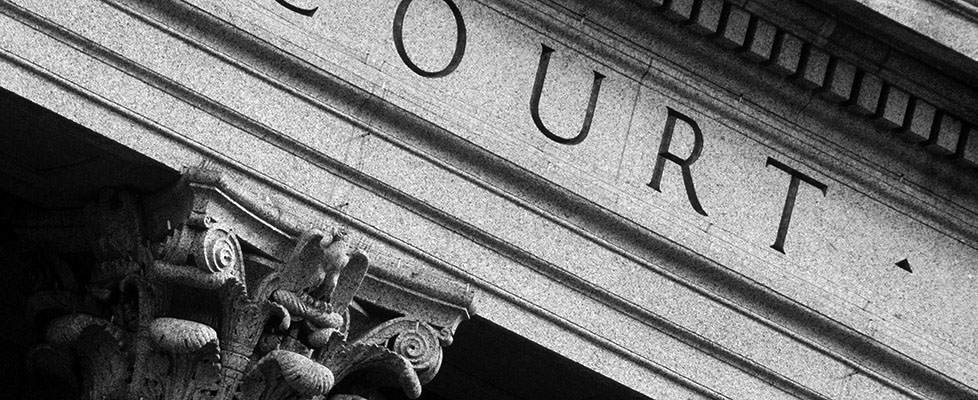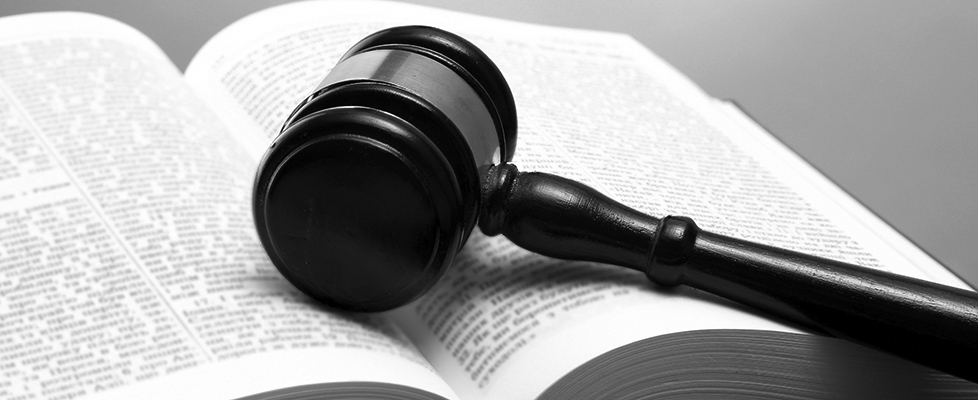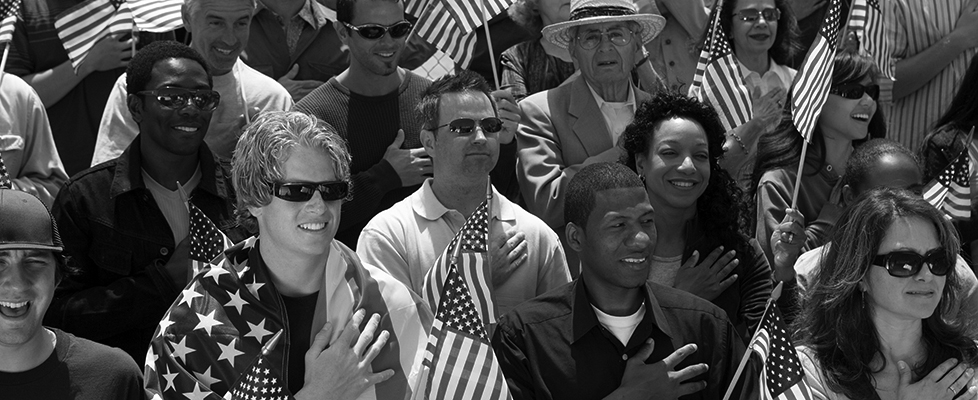Constitutional Law

Constitutional laws include those outlined in the American Constitution and subsequently in the Bill of Rights and the Eleventh to Twenty-Seventh Amendments to the Constitution. Constitutional laws address how the United States government is structured, run, and appraised. Separation of Powers, for instance, is a constitutional law that posits a three-branched government system, where power is spread out over judicial, executive, and legislative branches in order to prevent any one government body or employee garnering too much control. Constitutional laws also identify the rights of American citizens, most of which are included in the Bill of Rights. The Bill of Rights was added to the Constitution several years after the Constitution was signed and later incorporated in all states via the Fourteenth Amendment. The Bill of Rights includes some of the most commonly cited rights, such as freedom of speech, press, and religion, in addition to some of the most controversial American rights, such as the right to bear arms. The Bill of Rights also includes the Eighth Amendment, which prohibits cruel and unusual punishments for capital crimes. Interpretation of the Eighth Amendment continues to be a source of debate among legislators and lawmakers, who must address current behavioral standards to determine whether the death penalty is considered cruel or unusual as a form of punishment. Interpreting the Constitution is the responsibility of the Supreme Court, which is the judicial branch of the United States government. Cases that come into conflict with the Constitution, including the Bill of Rights and all subsequent amendments, are often brought before the Supreme Court.







